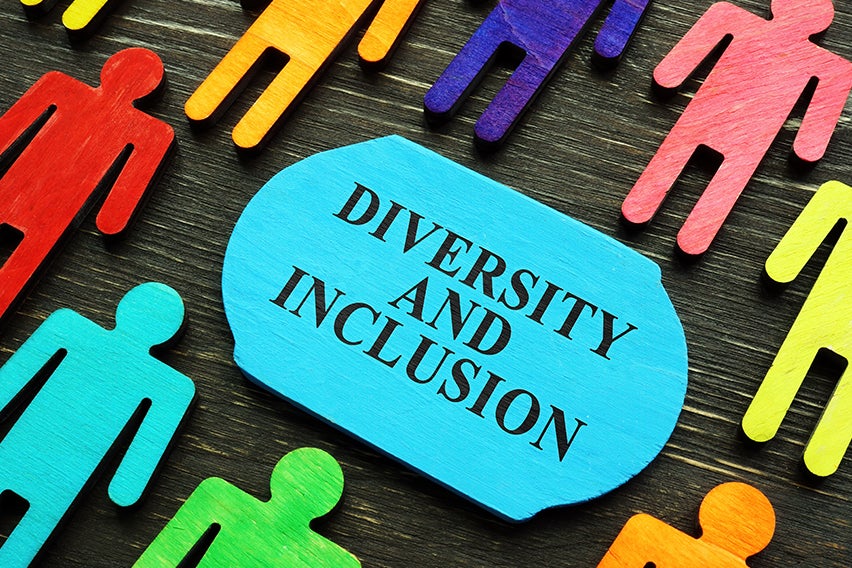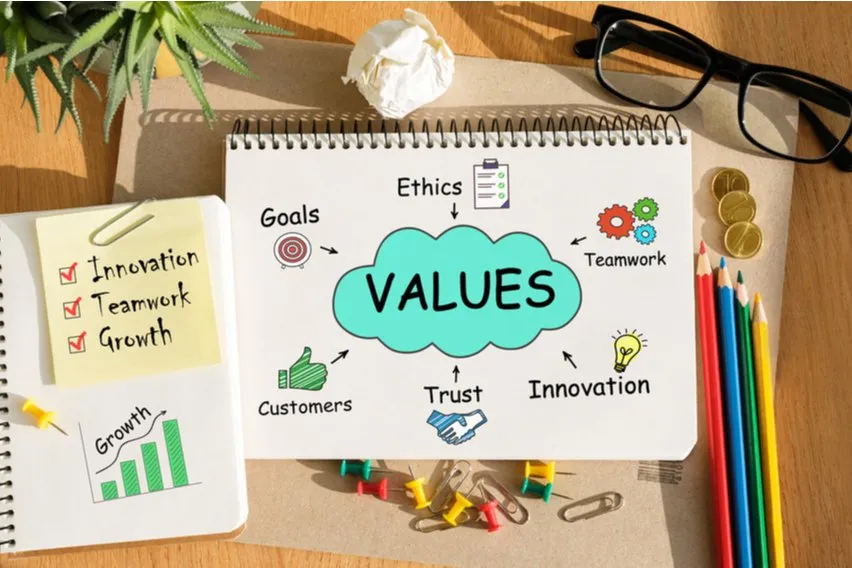Diversity Vs Inclusion: What’s the Difference?

When you’re building a team, you don’t want twenty people who all think, act and believe the same. You want a thriving workplace where everyone has different perspectives and can bring new and exciting ideas to the table.
When diversity and inclusion are brought up, they tend to be banded together. Though this is common, it’s important to note that they mean completely different things.
Whilst it’s true that you can’t have one without the other, there are key differences that separate the two.
But what exactly is the difference when it comes to diversity vs. inclusion? We’ll take a closer look at the differences and how making sure your workplace has plenty of both is important.
Here’s What We’ll Cover:
What Is the Difference Between Diversity and Inclusion?
What Is an Example of Diversity Vs Inclusion?
What Are the Benefits of Having a Diverse and Inclusive Workforce?
What Is the Difference Between Diversity and Inclusion?
Before going any further, it’s important to understand what each word means.
Diversity can be defined as the practice of including people from a range of different aspects of life. These could be personal, physical and social characteristics. This includes but is not limited to gender, ethnicity, age and education. It can also be various physical or mental disabilities and sexual orientation.
Inclusion can be defined as the practice of providing equal opportunity. This would include access and resources for people who may otherwise have been excluded or marginalized.
In business, this is the ability to integrate everyone within the workplace and create a safe and inclusive atmosphere. It’s allowing people’s differences to coexist in a mutually beneficial way.

It can be looked at as diversity is the who, and inclusion is the how.
Or as Andrés Tapia, a Diversity & Inclusion Practice Leader, once put it;
“Diversity is a mix, inclusion is making the mix work.”
You can look at diversity as a concept that brings different people into the same space. Whilst inclusion is the process of introducing concrete methods to supplement this. These strategies’ main aim is to ensure that a diverse workforce thrives.
What Is an Example of Diversity Vs Inclusion?
There are countless examples that could be used to point out the difference between diversity and inclusion.
Here is one such example:
Diversity would be hiring employees from a range of different religious backgrounds such as Christian, Sikh or Muslim.
Inclusion would be making sure that there are non-alcoholic beverages at any work event. This would be for people whose religion forbids alcohol.
What Are the Benefits of Having a Diverse and Inclusive Workforce?
There are a huge number of benefits that come when you have a diverse and inclusive workplace.
Boosted Creativity & Problem Solving
When people from different backgrounds come together to work towards a common goal you can get some exciting results.
The ability to come at a problem from a variety of different perspectives ensures that a lot of thought has gone into the problem. This in turn helps drive innovation and problem-solving.
Picking From a Larger Talent Pool
Diversity and inclusion lead to a larger talent pool. When you are able to open a position up to far more people, then you will receive a wider range of qualified candidates.
Better Team Morale
An accepting workplace is a happier workplace. When people feel valued for their skills and attributes then they are far more likely to come to work with a positive attitude. This helps the general morale of the team and leads to increased productivity and performance.

Increased Brand Reputation
Being able to hire a diverse workforce will show that you are a forward-thinking, inclusive business. This can only be a good thing for the reputation of your brand and business.
Better Global Opportunities
If you have access to a wide range of cultures and languages, it is much easier to identify and communicate with the international market. This helps you bridge the gap between different cultures and countries.
Key Takeaways
Diversity and inclusion are key focal points for any business.
Having access to a wide range of experiences and opinions can open your business up to a multitude of opportunities.
If nothing more, having a diverse and inclusive workplace is a step towards a happier and more inclusive society.
Are you looking for more business advice on everything from starting a new business to new business practices?
Then check out the FreshBooks Hub.
RELATED ARTICLES
 Small Business Owners: 1099 Rules for Employers
Small Business Owners: 1099 Rules for Employers How to Change a Business Name: 12 Steps
How to Change a Business Name: 12 Steps What Are Sales Receipts?
What Are Sales Receipts? 4 Types of Inventory to Know About
4 Types of Inventory to Know About What Is SCA? (Strong Customer Authentication)?
What Is SCA? (Strong Customer Authentication)? Value Statement: Definition, Benefits & Importance
Value Statement: Definition, Benefits & Importance